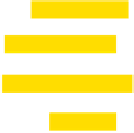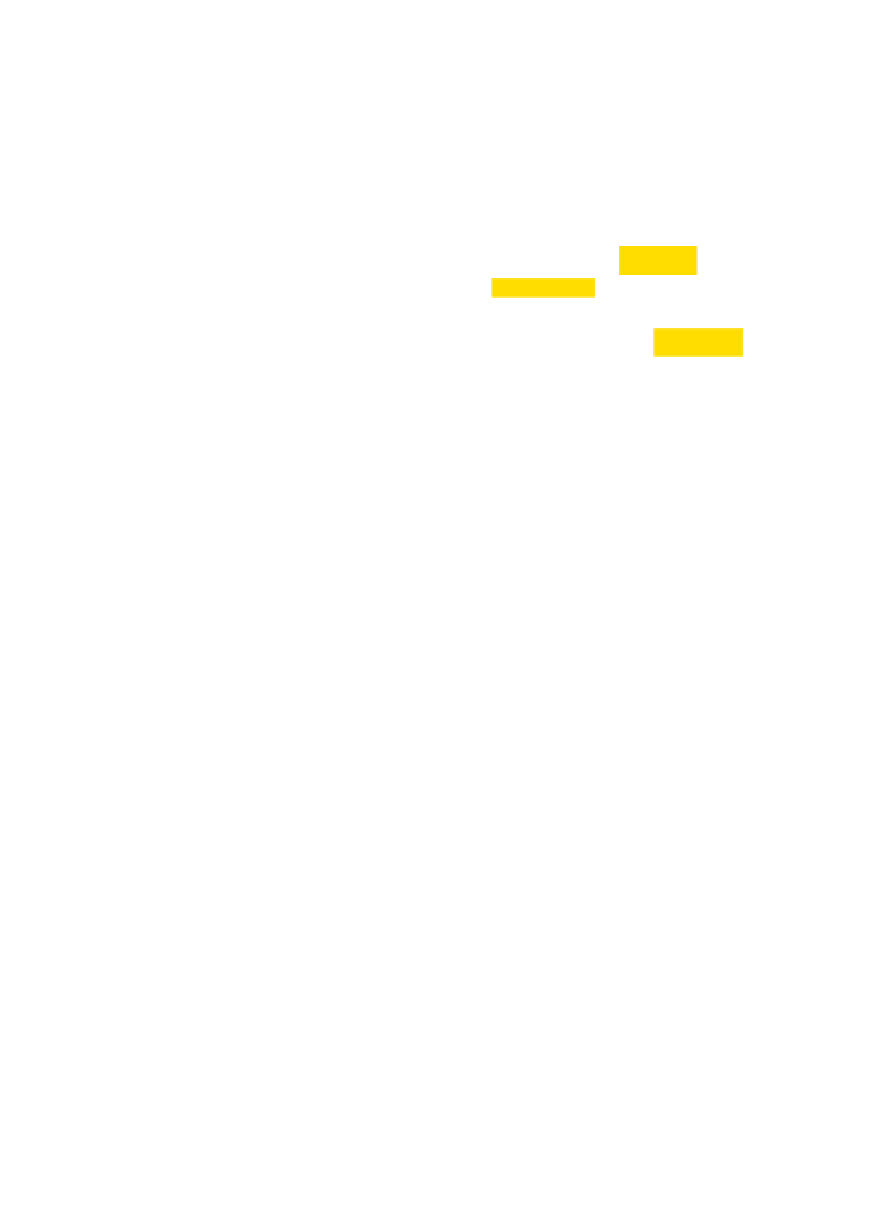Environmental Engineering Reference
In-Depth Information
Reverse
Reverse
Osmosis
Utrafiltration
Particle filtration
Separation
Process
Osmosis
Microfiltration
Nanofiltration
Aqueous
Salt
Whole
Broth Cells
E-Coat Pigment
Milk Proteins
Red Blood Cells
Relative
Size of
Common
Materials
Gelatin
Fat Micelles
Bacteria
Metal Ion
Endotoxin Pyrogen
Activated
Carbon
Oil Emulsions
Synthetic
Dyes
Lactose
(Sugars)
Virus
Blue
Indigo Dye
Cryptosporidium
Colloidal
Silica
Giardia
Cyst
Human Hair
Microns 0.001 0.01 0.1 1.0 10 100 1000
Approx Molecular
Weight
100 200 1,000 20,000 100,000 500,000 1 MM 5 MM
Figure 7.1.2
Filtration using membranes
Figure adapted from Koch Membrane Company.
Figure 7.1.2
illustrates the types of separations that are carried out by
fi ltration. We see that through microfi ltration we can remove bacteria
from water. However, if we would like to use this sieving mechanism for
gas separation, we will need to make materials with very narrow pores.
In fact, if we were to plot the molecular weights of the gasses we are
interested in separating on
Figure 7.1.2
, we would see they are outside
the scale of “common” materials as defi ned in this graphic.
Membranes are often made of materials that are common and not
too expensive, such as rubber, polycarbonate, or polyimide. While not
exactly cheap either, they are common and accessible and can be made
in large quantities. A signifi cant number of applied technologies presently
use membrane processes for large volumes of fl uids. It is not too much
of a stretch of the imagination to think that membrane separation could
become part of CCS.




















Search WWH ::

Custom Search